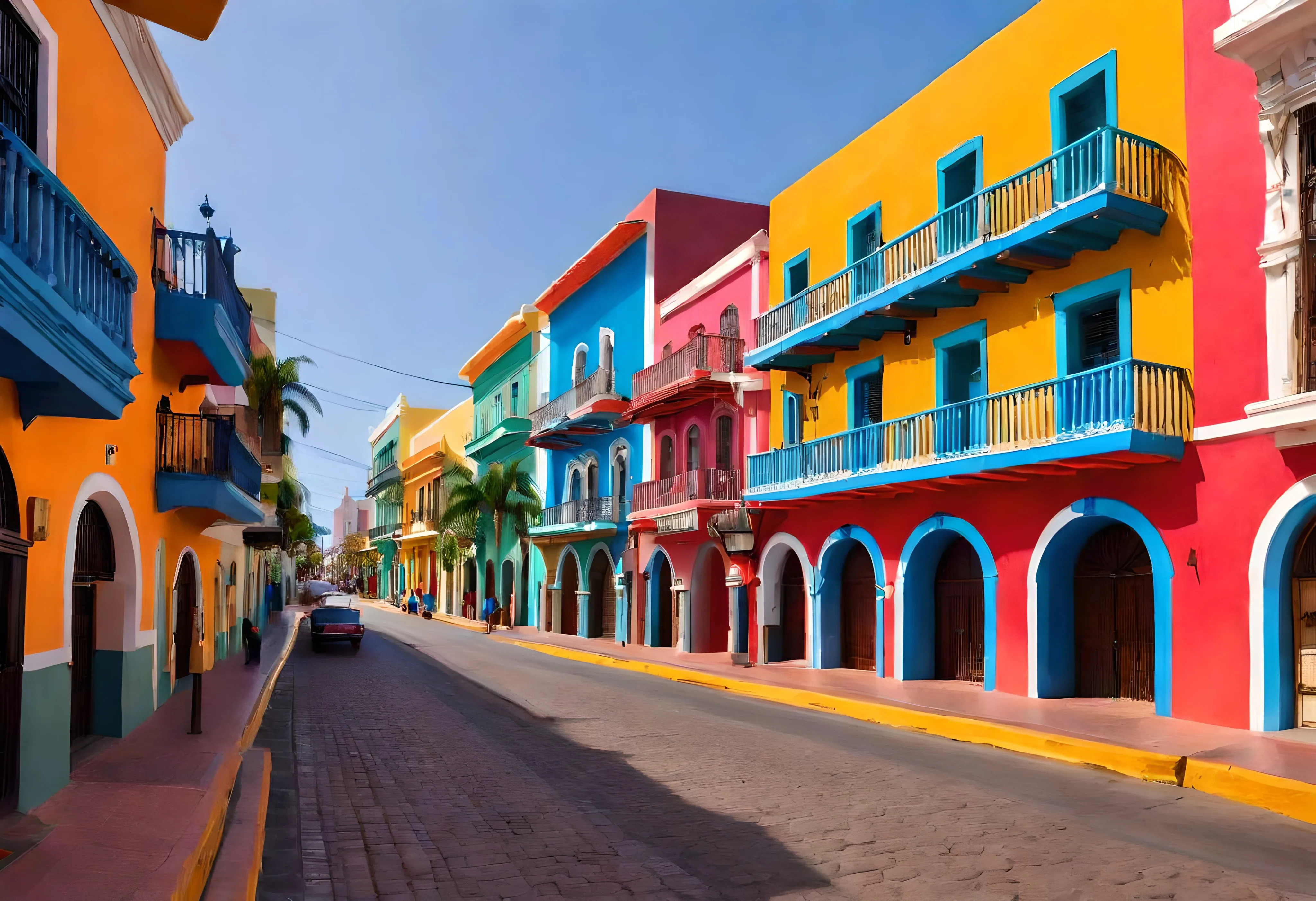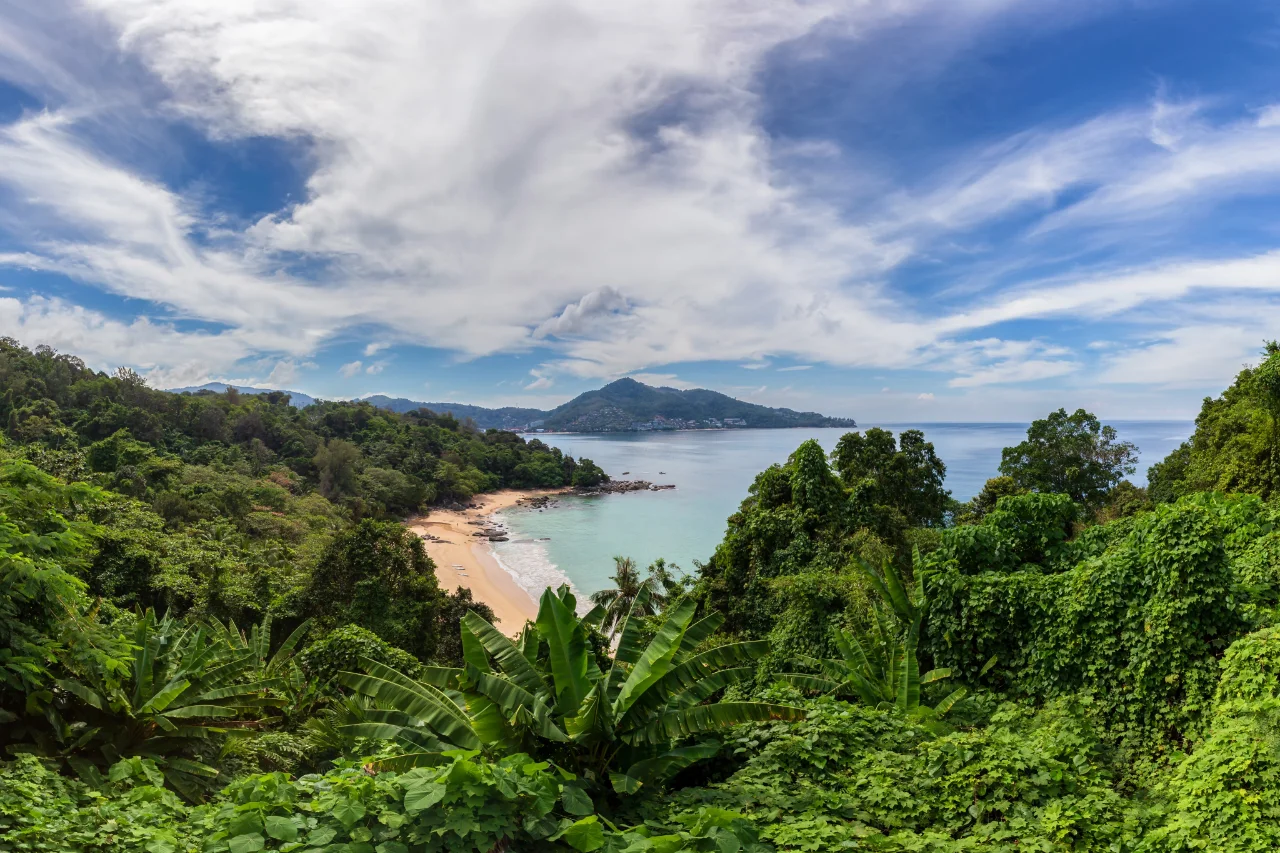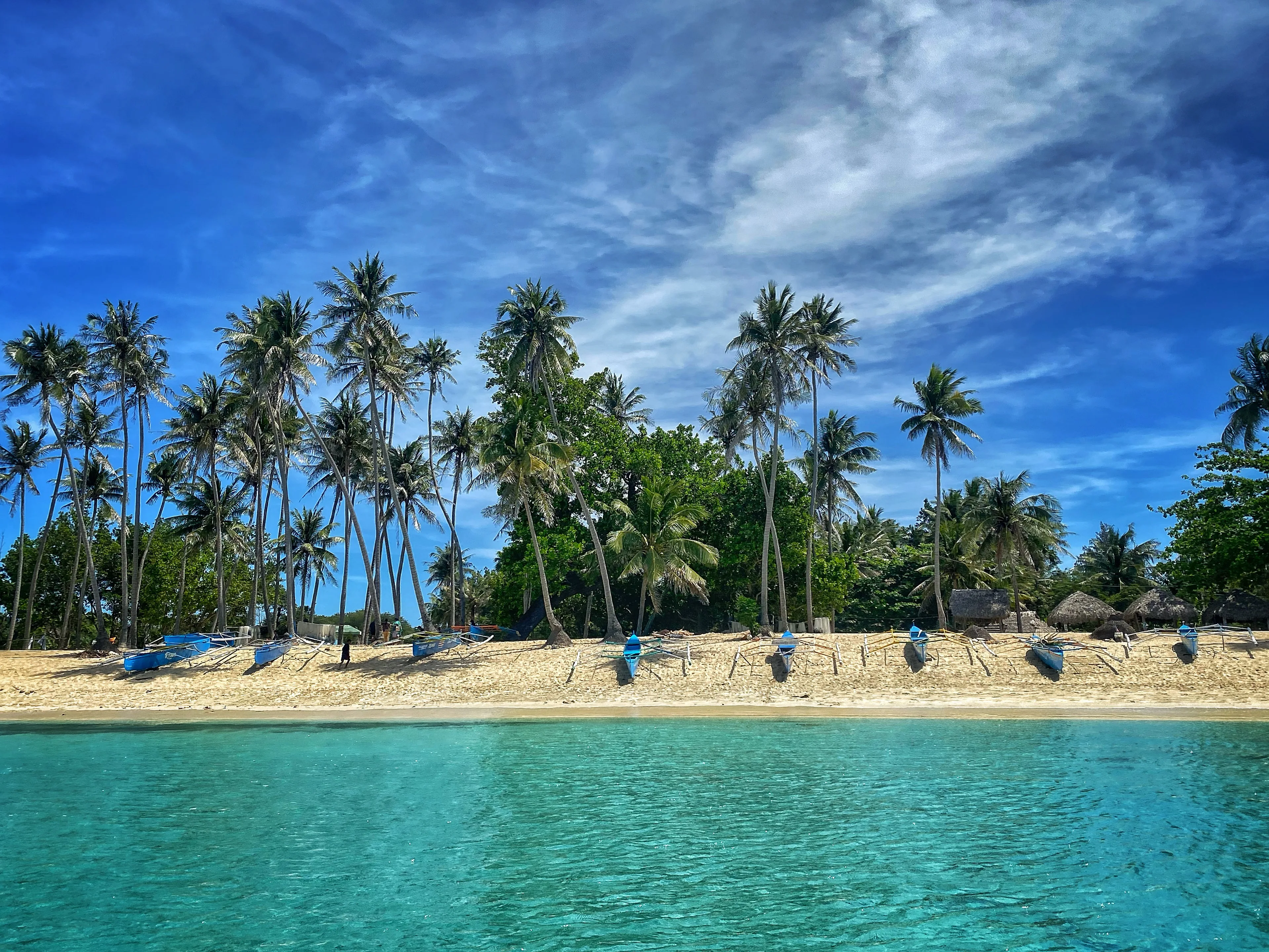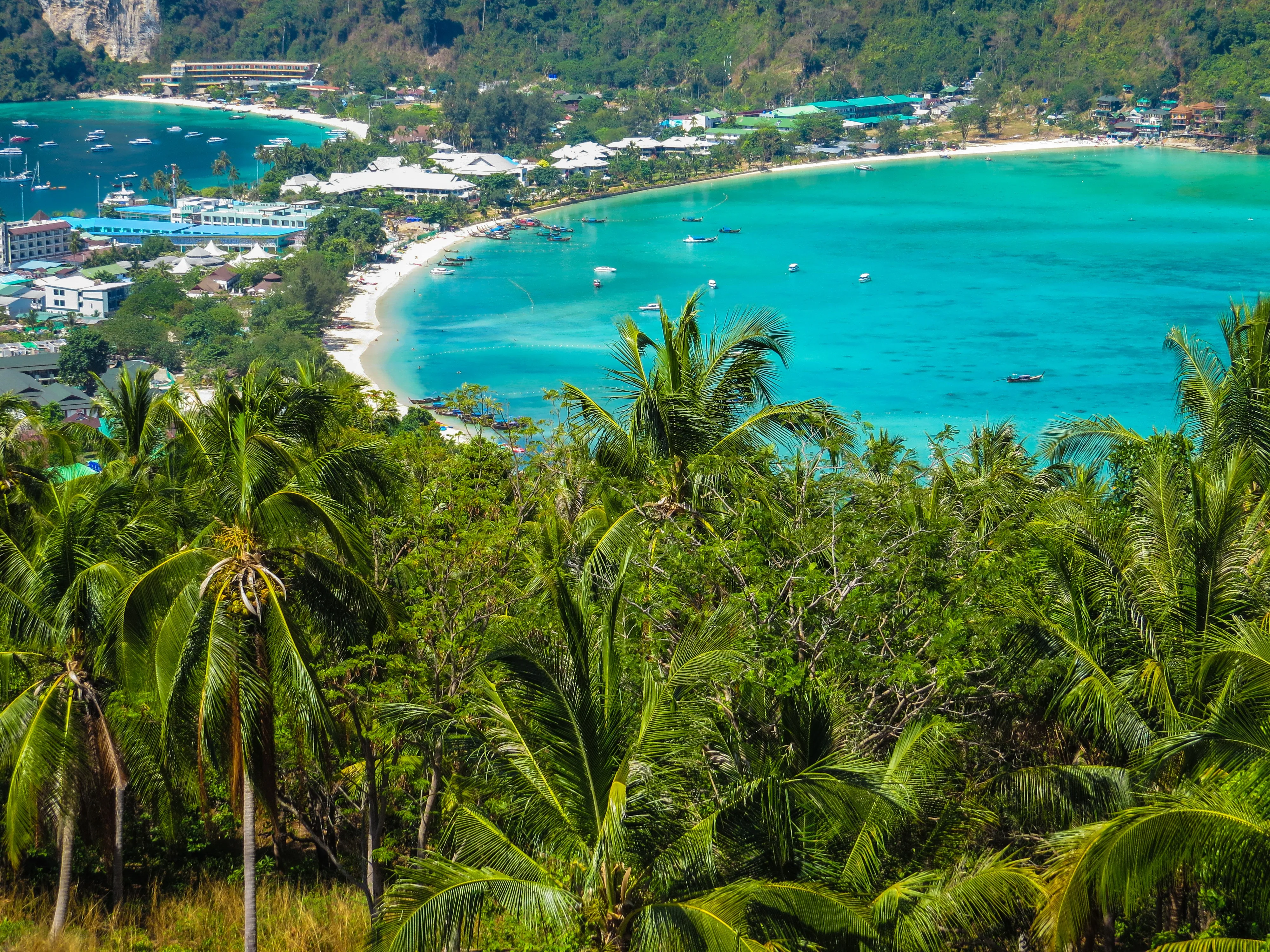
Sau Juan
Discover Old San Juan's historic charm, vibrant nightlife, and beaches
Explore the hottest activities in Puerto Rico
Travel Puerto Rico is born from a deep love for our beautiful island, a place where culture, history, and natural beauty intertwine to create a unique and vibrant experience. As a team of local travel enthusiasts, historians, and adventure seekers, we’ve explored every corner of Puerto Rico to bring you the most comprehensive and authentic travel resource.

5+
Years of Experience
15000+
Total Travelers
50+
Available Destinations
100%
Satisfied Customers
Discover the best travel hotspots in Puerto Rico

Discover Old San Juan's historic charm, vibrant nightlife, and beaches

Explore lush rainforests, waterfalls, and trails

Visit Bioluminescent Bay and secluded beaches

Relax at Flamenco Beach with clear waters and white sand
Activity: Swimming
Dec 20, 2024
Absolutely breathtaking! Everything was perfectly organized, and the staff was so accommodating. Highly recommend!
Activity: Swimming
Dec 21, 2024
A great experience overall. The service was good, though there was a small delay at the start. Would still book again!
Activity: Swimming
Dec 22, 2024
The views were stunning, and the organization was decent. I enjoyed it, but there’s room for improvement!
Activity: Swimming
Dec 23, 2024
One of the best experiences of my life! Everything was seamless, and I felt so taken care of. Will definitely return!
Activity: Swimming
Dec 24, 2024
Loved every moment of it! The team was so professional, and the experience was unforgettable. Just wish it lasted longer!
Activity: Swimming
Dec 25, 2024
Fantastic! The whole experience exceeded my expectations. Will definitely recommend to my friends!
Find answers to the most common queries about our services. If you have any questions or need further assistance, feel free to reach out to our support team. We’re here to help!
We're Ready to Answer Your Questions and Assist with Your Bookings!